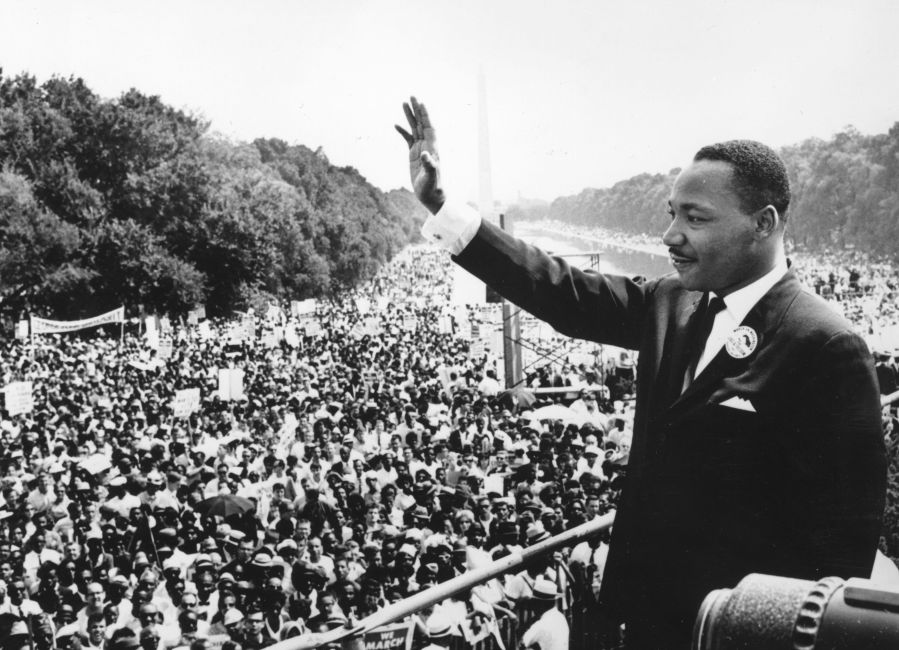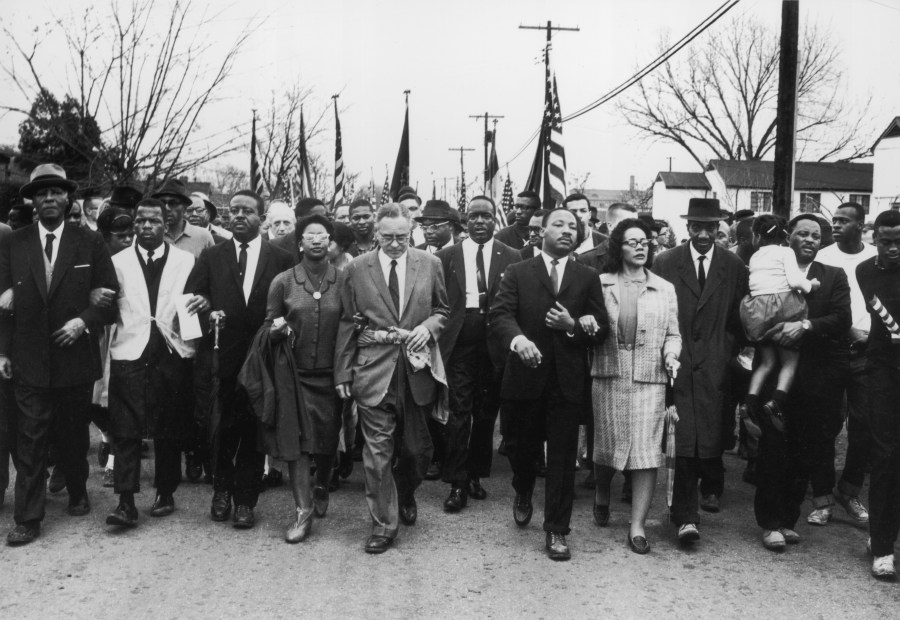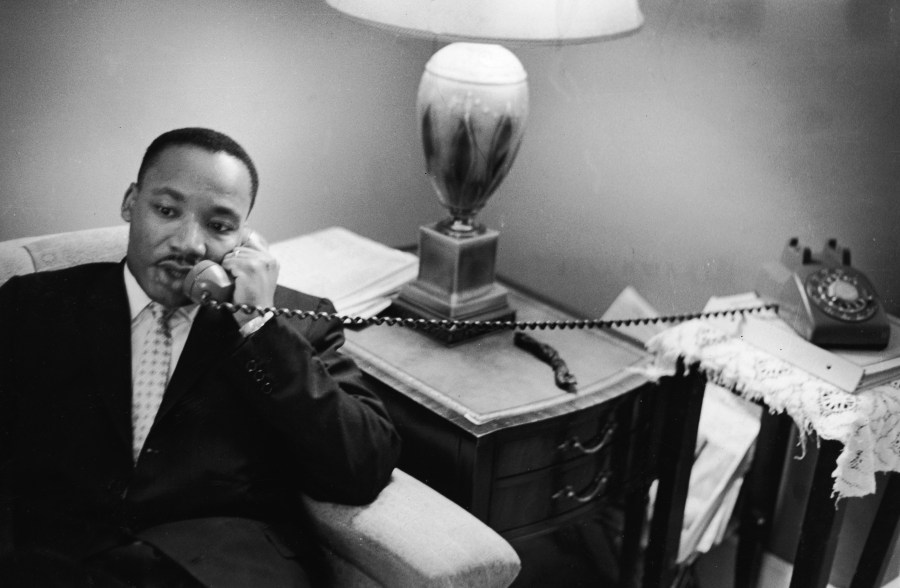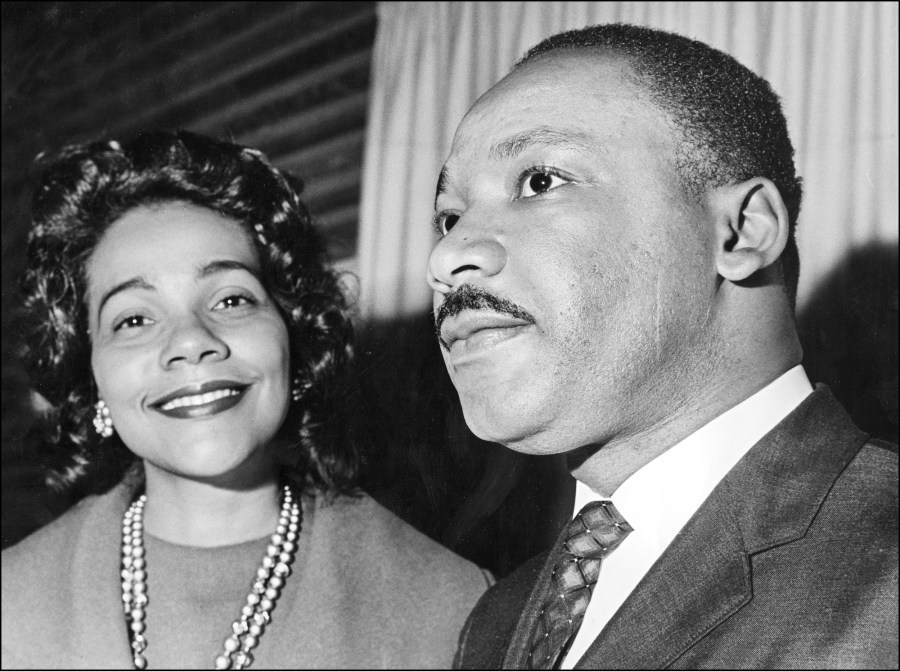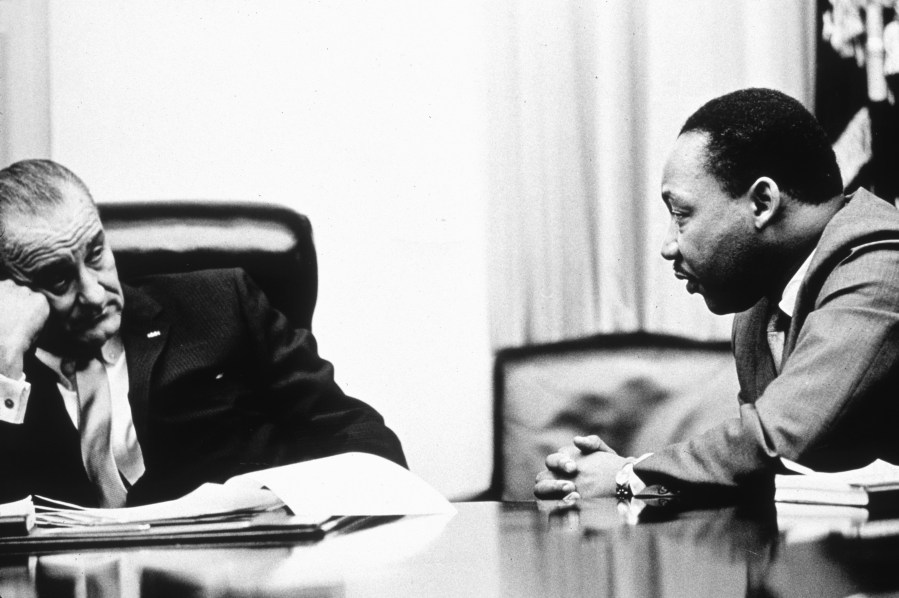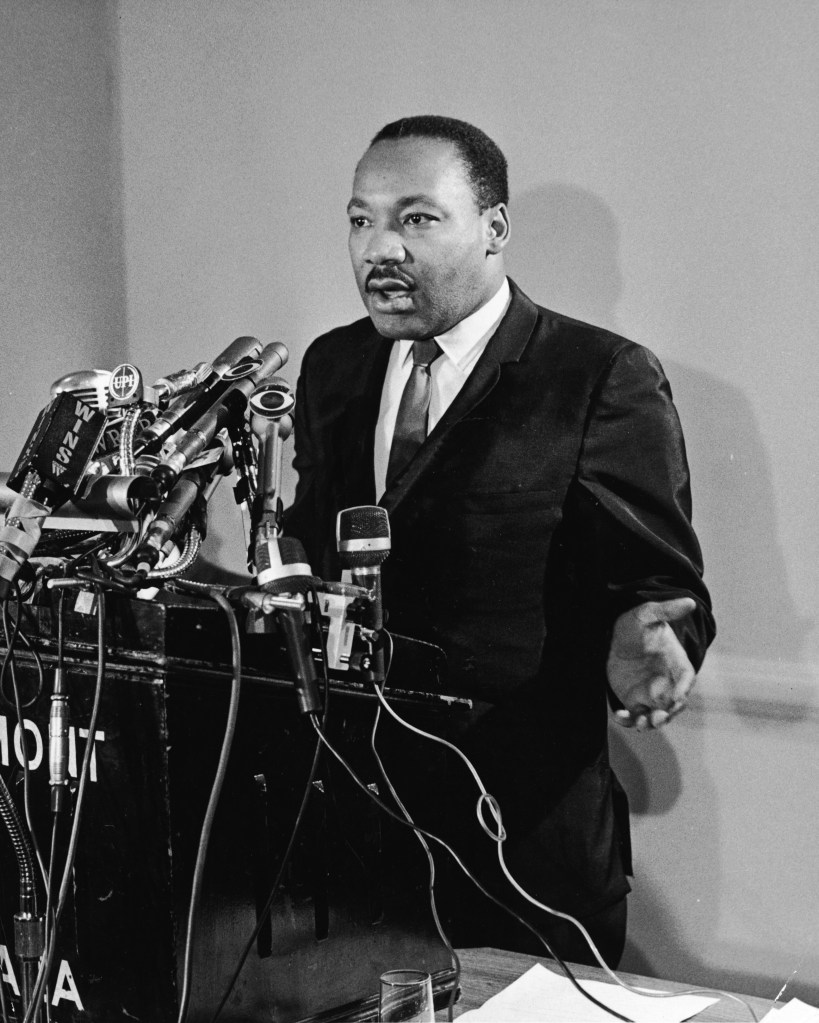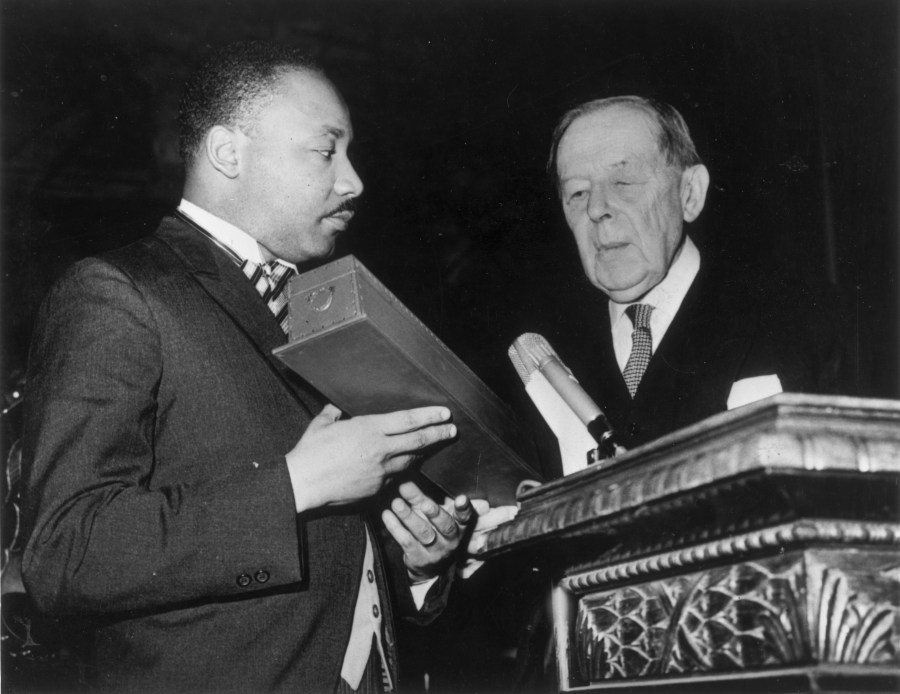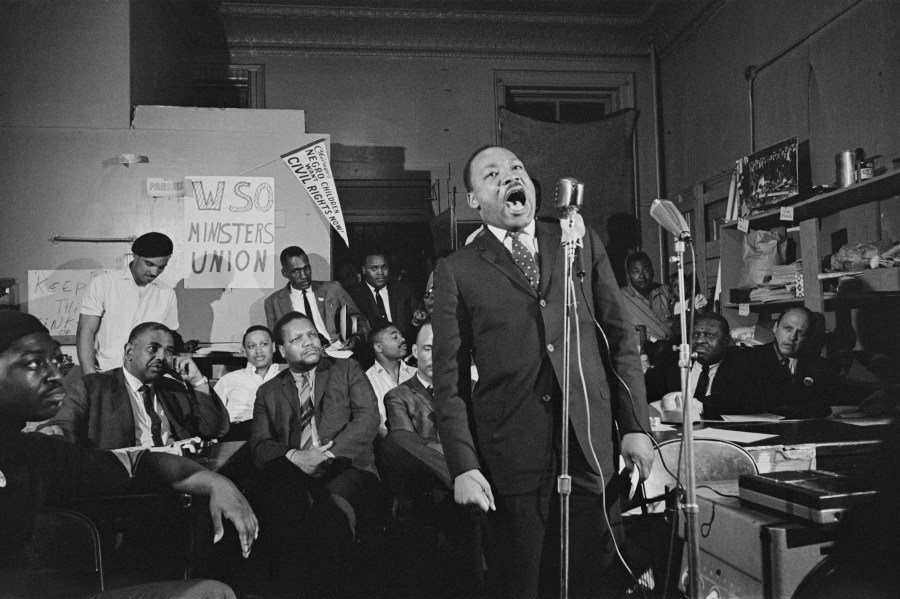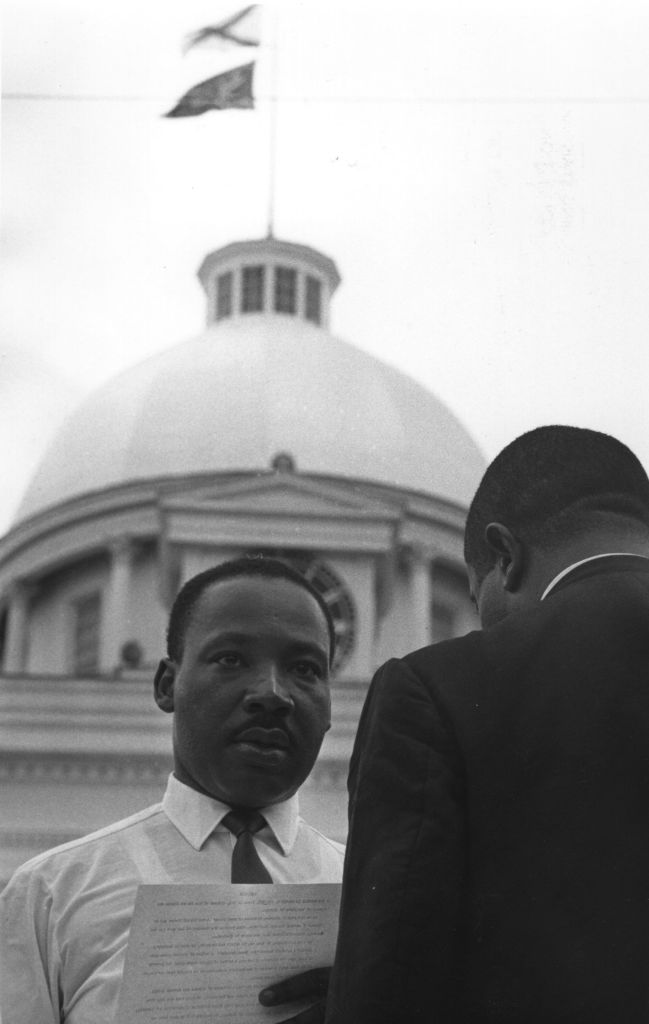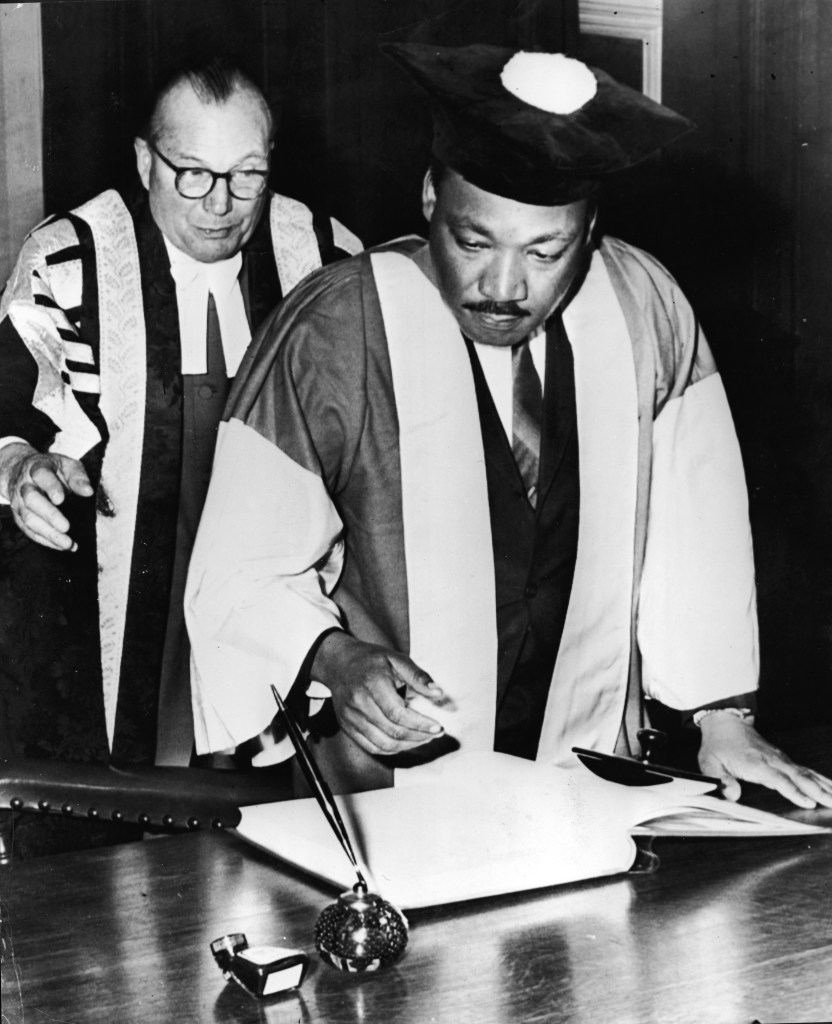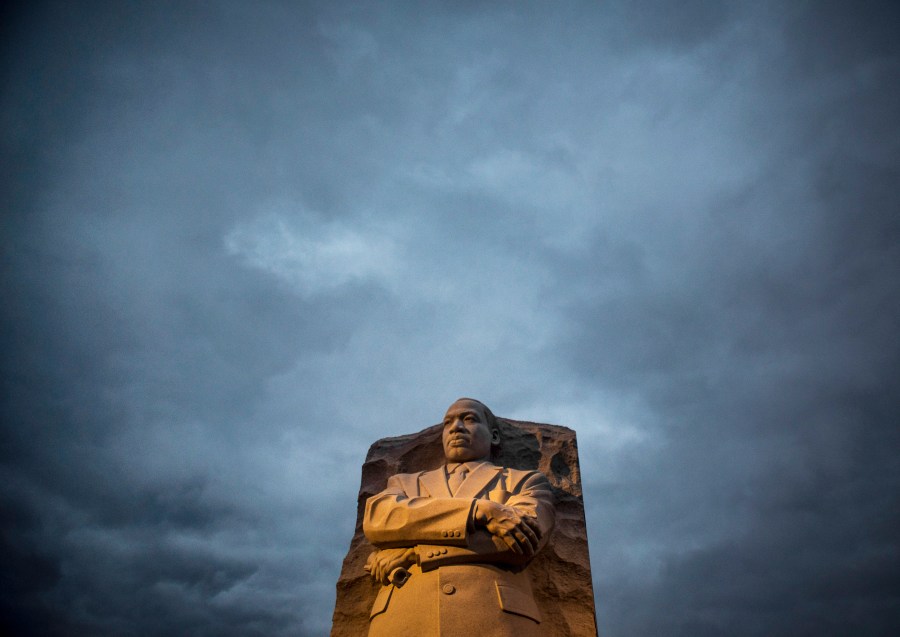(KRQE)- Monday the United States honors a civil rights icon as Monday is Martin Luther King Jr. Day. The day pays tribute to King’s civil rights contributions and his birthday which is January 15, 1929.
King was instrumental in helping lead the fight for equal rights and was the main figure in the 1955 Montgomery bus boycott in Alabama. King’s powerful “I Have a Dream” speech during 1963’s march on Washington D.C. moved the nation.
He later received the Nobel Peace Prize in 1964, the same year the Civil Rights Act was signed, ending employment discrimination and segregation. MLK Day was made an official federal holiday back in 1983 when President Ronald Reagan signed it into law.
